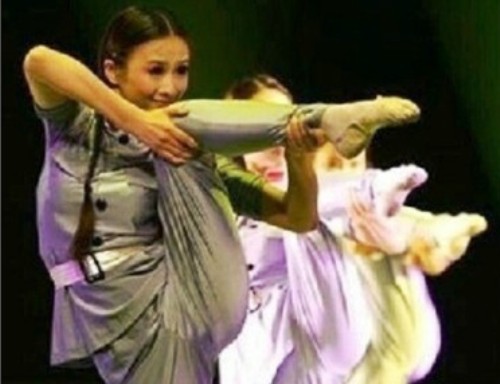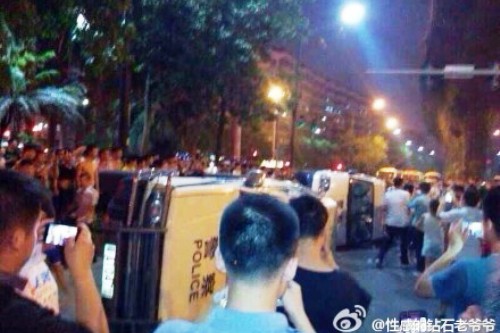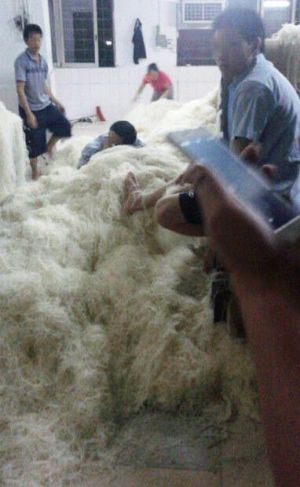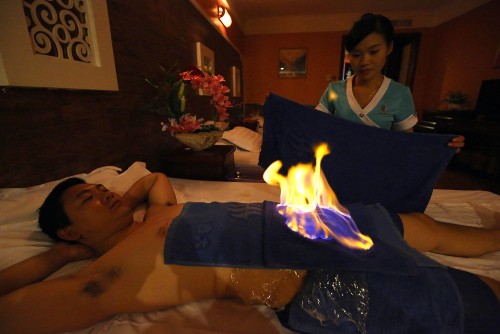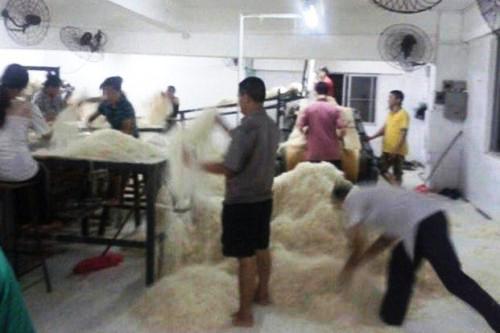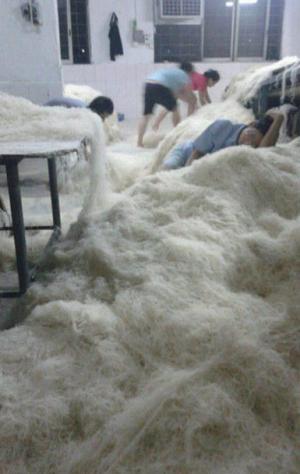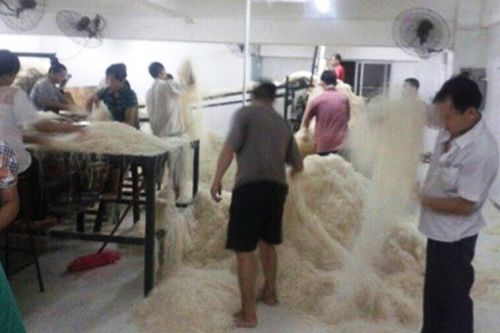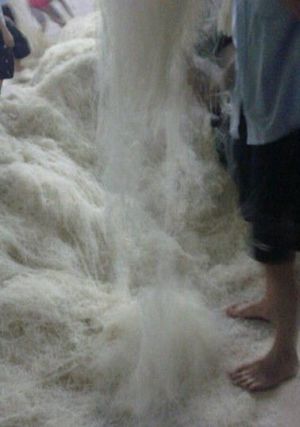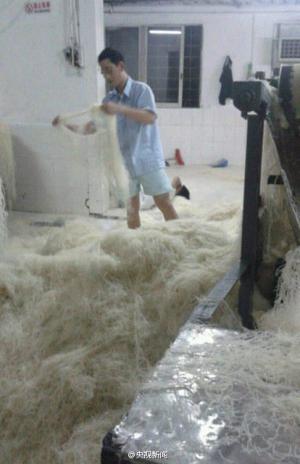If You Dine At KFC or Pizza Hut, You Might Eat Expired Meat
Posted: 07/21/2014 6:40 pm A food supplier for China-based franchises of McDonald’s, Pizza Hut, and KFC have been criticized for using meat that has been expired for up to a year, reports Southcn.
A food supplier for China-based franchises of McDonald’s, Pizza Hut, and KFC have been criticized for using meat that has been expired for up to a year, reports Southcn.
Shanghai Husi Food Co. was targeted in a inspection last night at 9 o’clock by the Shanghai Food and Drug Bureau and the Public Security Bureau, which were followed by members of the press including CCTV. The inspection was stalled by security guards for half an hour before the officials and media were able to get inside.
The inspectors found the food supplier provided chicken and beef products to McDonald’s, Pizza Hut and KFC that were expired for as long as a year after their due dates. The products were reprocessed and repackaged to be used again.
The ground was described as “filthy” and was covered in dirty water. Dragon Television had earlier showed Husi Food workers “picking up food from the floor and throwing it into processing machines.”
Xinhua reported that local officials have suspended the operations of Husi Foods.
McDonald’s and Yum, the parent company of KFC and Pizza Hut, have apologized to Chinese consumers and have renounced their relationship with Husi Food.
Yoshinoya, Ikea, Fridays, and Subway are among the foreign restaurants operating in China that have tried to distance themselves from this food scandal by asserting they have no connection to Husi Food.
Photos: CCTV, People’s Daily Online








